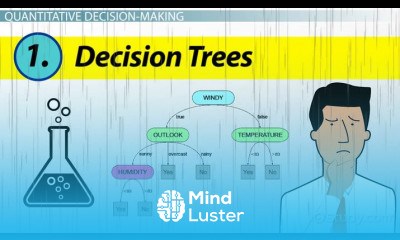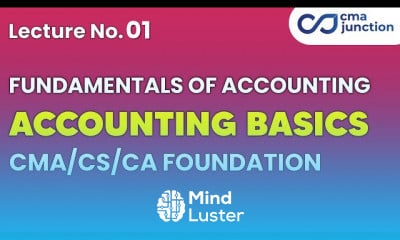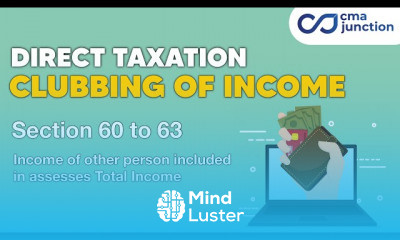Designing Documents
Share your inquiries now with community members
Click Here
Sign up Now
Lessons List | 16
Lesson
Comments
Related Courses in Business
Course Description
What is Business Communication? The Definition
Business communication is the process of sharing information between people within and outside a company.
Effective business communication is how employees and management interact to reach organizational goals. Its purpose is to improve organizational practices and reduce errors.
The importance of business communication also lies in:
Presenting options/new business ideas
Making plans and proposals (business writing)
Executing decisions
Reaching agreements
Sending and fulfilling orders
Successful selling
Effective meetings
Types of Business Communication
Let’s first differentiate the main types of communication in a typical organization.
First, we have internal business communication.
Internal business communication can be:
Upward communication: any communication that comes from a subordinate to a manager. Or from another person up the organizational hierarchy.
Downward communication/Managerial communication: anything that comes from a superior to a subordinate.
Lateral communication/Technical communication: internal or cross-departmental communication between coworkers
Then, there is external business communication.
External business communication is any messaging that leaves your office and internal staff. It involves dealing with customers, vendors, or anything that impacts your brand.
You can sort all communication in this spectrum into four types of business communication.
Getting and receiving instructions and assignments both upward and downward. This includes an effective delegation from one person to another. Most problems in business begin with unclear communications in this area.
Sharing and discussing information, including information sharing that goes on in meetings. When communication fails in this area, it causes tasks to be done improperly or not at all.
Giving feedback, correction, and discipline to people who report to you so that they can have the knowledge and the tools that they need to do their jobs better. Giving great, actionable feedback is a key skill for anyone in a leadership position. Non-verbal communication and body language also play a role here.
Problem-solving and decision-making meetings and discussions. These are considered among the most important discussions for any organization. This involves higher critical thinking and better communication technology.
Methods of Business Communication
When business communication actually happens, it’s either verbal or written.
Furthermore, communication takes place either in person/face-to-face or remotely.
Neither of these are better or worse for your company on their own and entirely depends on the context.
Written communication is great for keeping a paper trail of decisions and actions made as well as for putting together strategies and plans in place. Verbal interactions enable instantaneous idea generation and a more open flow of thoughts.
Some companies are in a single office. Some have offices in various time zones. Others are fully remote and don’t have a physical location (Buffer and Zapier are great examples of location-independent companies). These are the methods of business communication applicable to some or all of the above scenarios:
1) Web-based communication
This includes everyday communication channels like emails and instant messaging applications (such as Slack, Hangouts, or even Nextiva Chat).
The benefits of emails and messages lie in the ability to lead private conversations in a busy office environment, as well as sharing a message with many people—from a few to hundreds—all at once.
2) Telephone meetings
Phones removed the location barrier to running productive, fast-moving meetings. It allows for better idea exchange thanks to the non-verbal communication (tone of voice) compared to written communication. Cloud phone systems can accelerate onboarding and overall team collaboration.
3) Video conferencing
Great video conferencing systems enable people at remote locations to run meetings that feel as close to in-person meetings as possible. They take phone meetings one step up.
4) Face-to-face meetings
In-person meetings can help a business move forward with ideas quickly. Research shows that in-person meetings generate more ideas than virtual meetings.
Trends
Graphic design tools for beginners
Financial Accounting
Figma for UX UI design
Accounting Finance course
Logo Design
Graphic Design | Photoshop
Advanced Logo design methods
UX design career in 2025
Web design basics
Accounting
Customizing type for logos
Best zoology books
Essential skills for web designers
Graphic Design Basics
Web Design Using HTML CSS
Web Design 101 Free Full Course
Freelance graphic design business
SQL for accountants and finance managers
Mastering logo design in illustrator
Figma Signing Up and Signing In
Recent
Bioinformatics basics
Bioinformatics databases
Vitamin A to Z tablets
Best zoology books
Best cream for piles pain
Laser surgery for piles
Best cream for piles
Anal fissure treatment
Best antibiotics for diseases
Antibodies structure
Macrophage structure
Drosophila genetics
Diagnostic tests
Bioinformatics
Genetics
Gene therapy
Kidney structure
DNA replication and types
Bacterial cell structure
Parasite structure


















